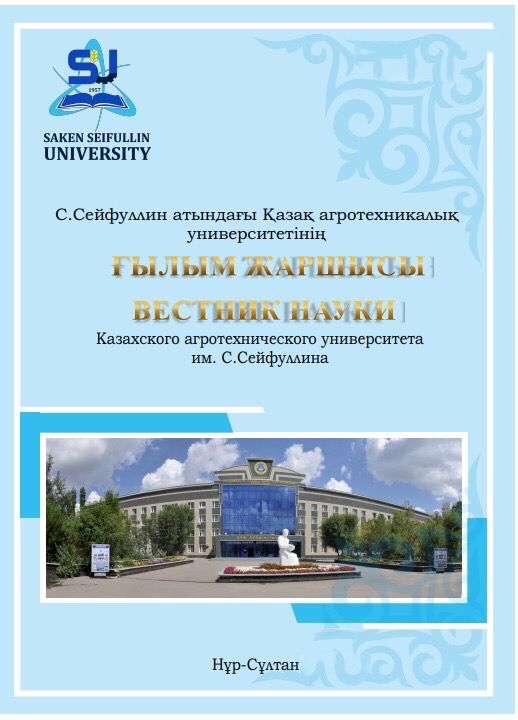DETERMINATION OF OPTIMAL INTERACTION PROFILES IN A WHEEL-RAIL SYSTEM USING FINITE ELEMENT MODELING
Keywords:
wheel-rail, flange, wear, defect, stress-strain state, locomotive, twopoint and conformal contact, micro-section, metal flow.Abstract
In this paper, the issues of expediency and safety of operation of TE33A series locomotives with wheel pairs, the flange of which are 23 mm thick, are considered.
According to the title of the article, the following results were obtained:
Installed:
- Wheels of the TE33A diesel locomotive turned under the DMETI profile with a ridge thickness of 23 mm are not recommended for operation, since they do not meet the safety requirements for train traffic.
- For safe operation of the TE33A diesel locomotive, the maximum permissible thickness for the ridge machined along the DMeTI profile is 24 mm.
- The most favorable interaction between the wheel and the rail in terms of ductility and slip speed was obtained for the conformal profile of the VNIKTI wheel.
Offered:
- Apply conformal contact between the wheel and the rail, which in turn will improve the dynamic behavior of the wheel in curves and on straight sections of the track, and the period between repairs will increase.
- It is recommended to tighten the control when installing the wheelsets back into the carts after the next turning of the wheels. The skewness of the wheels on the basis of one locomotive is from 4 to 18 cm, which is not permissible. The difference when hanging the wheels of one truck. The deviation of the actual value of the load from the sixth wheel pair on the rails from the value specified in the technical specifications exceeds 2%. Thus, according to this indicator, the locomotive does notmeet the requirements of the technical specifications.

